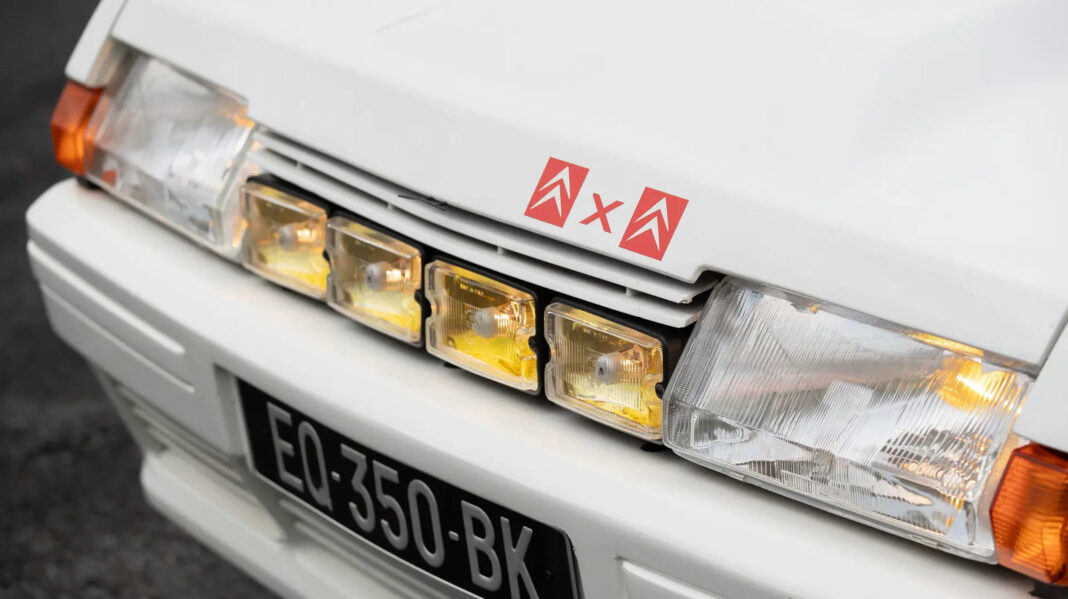For 55 years, from 1937 to 1993, the French government required all cars sold in the country to feature “selective yellow lights” for all forward-facing roadway illumination. With borders touching nine other European nations, a handful of significant automakers based within its borders, and a driving population numbering into the tens of millions, France has historically had a lot of influence on the driving world. Millions of cars were affected by this rule from the French, but why was it instituted in the first place? An old yarn that has been passed down through the years in car enthusiast circles says that the French military wanted to know when foreign interlopers were driving into their country during World War II, but the law was written three years before the German invasion of Poland, so perhaps that is little more than a warped tall tale. So what’s the truth?
According to France, their reasoning for yellow headlights was to reduce glare and eyeball fatigue in night driving conditions. While many municipalities were more focused on increasing visibility for a lone driver, France wanted to make sure oncoming traffic didn’t get “dazzled” by brighter lighting and glare. Supporting its case for switching to yellow lights in 1937, France claimed that an uncredited local study found an 8% increase in visual acuity at night with a yellow selective filter, in spite of the 15% decrease in total light output. A later 1968 study by the British Road Research Laboratory debunked this claim, concluding that the yellow-only lights contributed to a 2.5% loss in visual acuity. However, “when the light lost in the filter was made up by increasing the power of the lamp, visual acuity was found to be about 3% higher in the yellow light than in the white light.” Perhaps out of typical French stubbornness, the law remained in place for an additional 25 years.
Legacy
If you were building cars for the French market in this time period, you could achieve a yellow headlight with a variety of different methods, including a yellow coating on the glass bulb insert, a yellow headlamp lens, or a yellow filter placed over the lens. Unfortunately making your light bulb yellow doesn’t actually decrease glare or provide better visibility at night, it simply filters out the blue and red spectrum, giving the perception of less glare due to the decrease in overall light cast.
With this law in place on the French books for decades, it has been enshrined in modern sportscar racing as something of a vestigial rule. The 24 Hours of Le Mans is the most important race on the sports car calendar around the world, and being based in France once required all of the race cars to follow similar headlight rules to France’s road cars. As time marched on, the governing body of the race has morphed the original yellow selective headlight ruling for all cars to be aimed only at the slower GT-classed cars. This allows the faster prototype racers to know whether the car behind them at night is another prototype fighting them for position, or a GT car they can ignore. And likewise allows the GT cars to know when a faster prototype is arriving behind them at speed.
With decades of legacy in sports car racing, many automotive enthusiasts, and BMW, will choose to install a yellow selective film or filter over their headlights, foglights, or both, to mimic their favorite racing cars from history. So if you see a modern car with yellow lights on the street today, it is related, at least in part, to an obscure French road law dating back to before the second World War.

